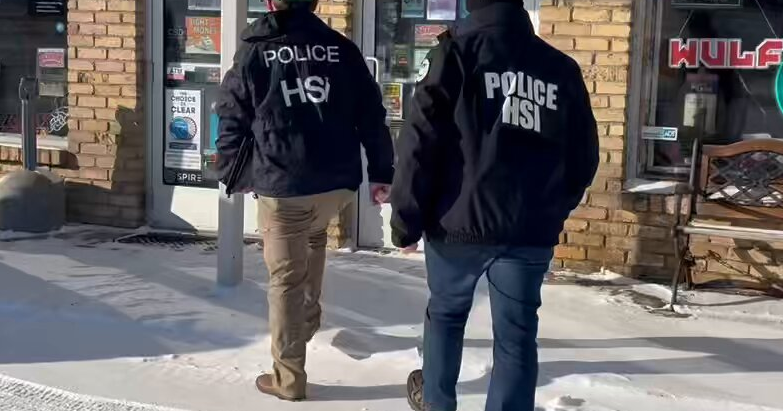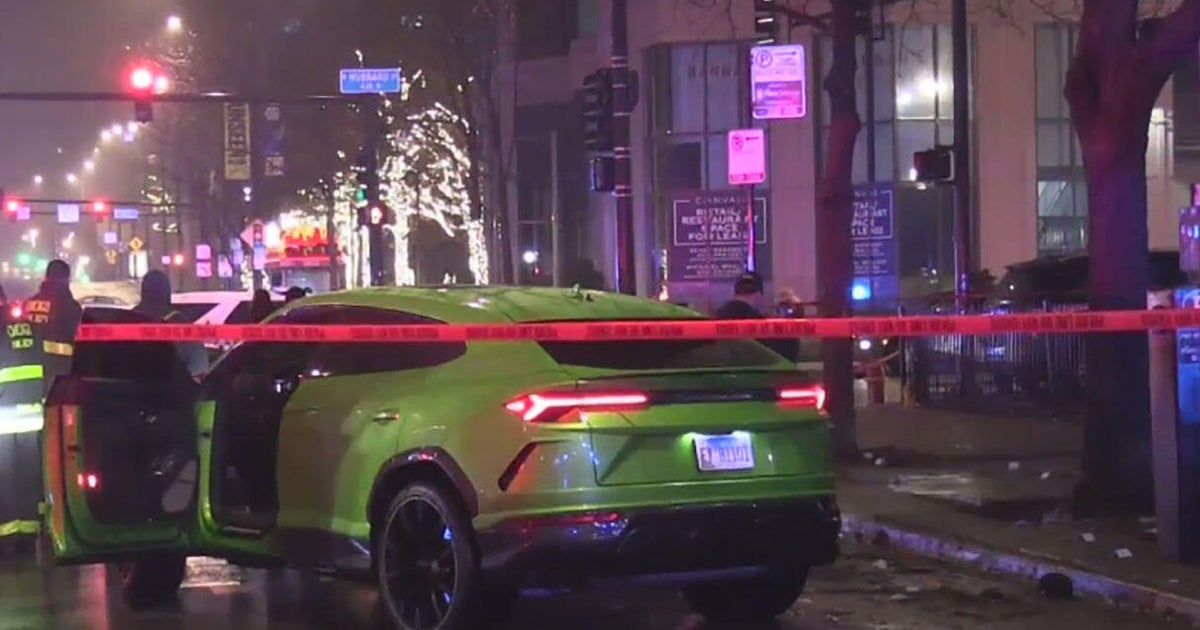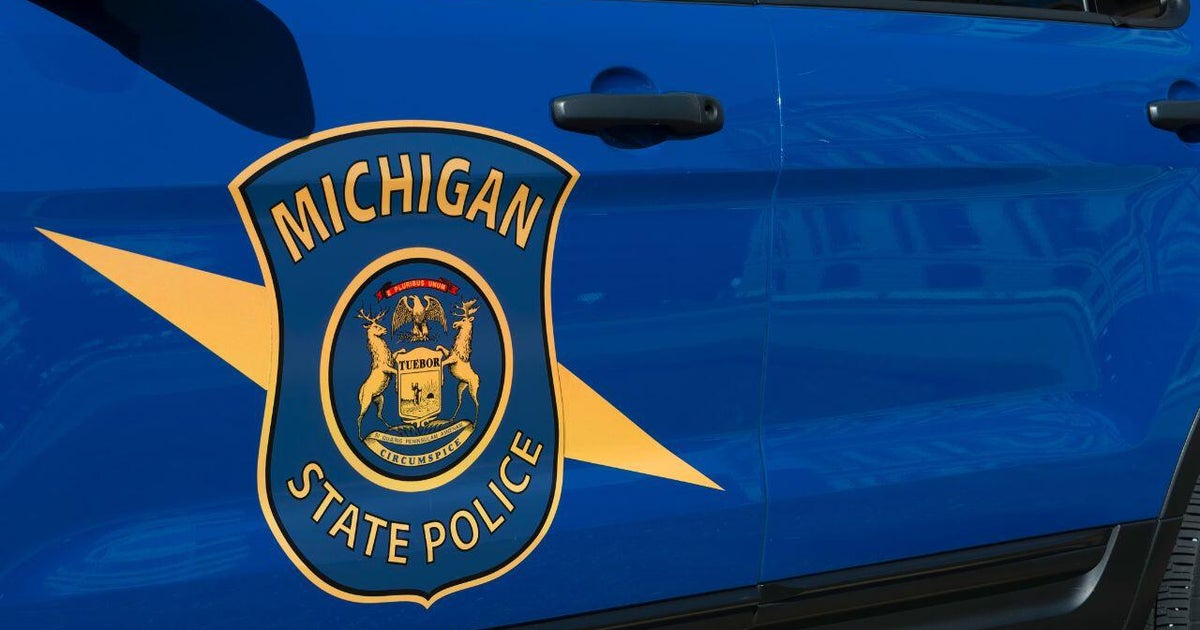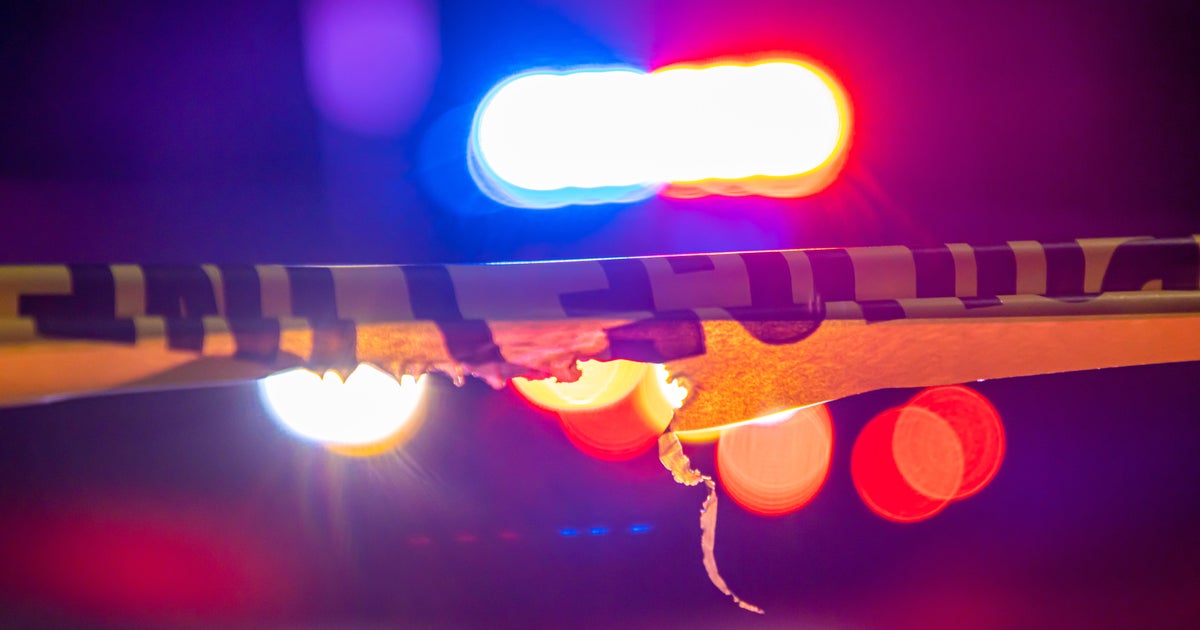See how Minnesota agencies trace guns recovered from crime scenes | WCCO Investigates
MARTINSBURG, WV. — In 2022, Minnesota agencies sent information on 5,327 crime guns to the ATF's National Tracing Center in West Virginia. That's up 14% from the year before. Most of those trace requests come from Minneapolis and St. Paul.
As Senior Investigative Reporter Jennifer Mayerle found out, the time it takes to get those traces back can help or hinder an investigation.
In October 2021, shots rang out inside the crowded Truck Park bar in St. Paul as people ducked for cover. Two men shot at each other, killing an innocent bystander and injuring 14. Two men who were in a "beef," according to court records, were held responsible for the shooting.
Also sent to prison is a man who was seen on surveillance video showing off straw-purchased guns. He bought one of the guns used in the fatal gunfight, which ended up in the hands of a felon prohibited from having one.
Authorities discovered the connection through a trace of the gun, according to an indictment. Records revealed the man bought 33 firearms in four months. That vital crime gun trace information came from the ATF's only National Tracing Center in Martinsburg, West Virginia.
Forensic Administrative Analyst Mehgan Hamann is in charge of sending MPD's eTrace, or electronic trace, requests.
"What kind of cases are these?" Mayerle said.
"Anything from a recovered firearm that was found on the side of the road to something involved as serious as like a homicide or a shooting," Hamann said. "I can get back anything from name, address, date of birth, everything involved at the purchaser. We get the FFL, who sold the dealer, who sold the person the firearm when it was purchased."
Hamann says the information can give investigators a place to start when they hit a dead end. And the trace can identify a pattern, like a straw purchaser.
The Minneapolis Police Department says it traces all crime guns, as do St. Paul police.
In 2022, 1,342 trace requests came from Minneapolis and 714 from St. Paul. That's up from the prior year where Minneapolis traced 1,187 and St. Paul traced 702.
"So traces help when we don't have suspects. They help us, point us in the right direction," St. Paul Police District Chief Jeff Stiff said.
Stiff emphasizes a trace is not DNA and there are other tools used. But it's a piece of the overall puzzle.
"So it can point you to a direction. If a trace comes back and the time to crime is low, and the name on the trace for the first purchaser, we can typically go out and say, 'Hey, do you know this person?'" Stiff said.
While a quick trace can help, the opposite is also true.
"Could the wait hinder a case?" Mayerle said.
"Yeah. Just like anything else, right? It can be a barrier for us," Stiff said.
Neil Troppman at the Tracing Center told WCCO the target turnaround time for urgent trace requests is 48 hours, with an internal goal of 24.
For routine traces, it's seven days. Right now, he says it's taking 10 because of the volume of requests.
"The faster we can get that firearm traced accurately and get that information back to the requesting law enforcement agency, the more valuable that information might be to their investigation," Troppman said.
Local agencies say while they often get information quickly, at times they are on hold.
"There are times where it'll be months later and who knows what that information could have provided for the investigators or the victim or anyone in the community, anyone involved in the case," Hamann said.
Minneapolis and St. Paul use eTrace and share their data with agencies in the state, but it's not required.
Tuesday at 10 p.m., we look at who's using eTrace, and what could happen if more agencies participated as WCCO investigates Tracing Crime Guns.









